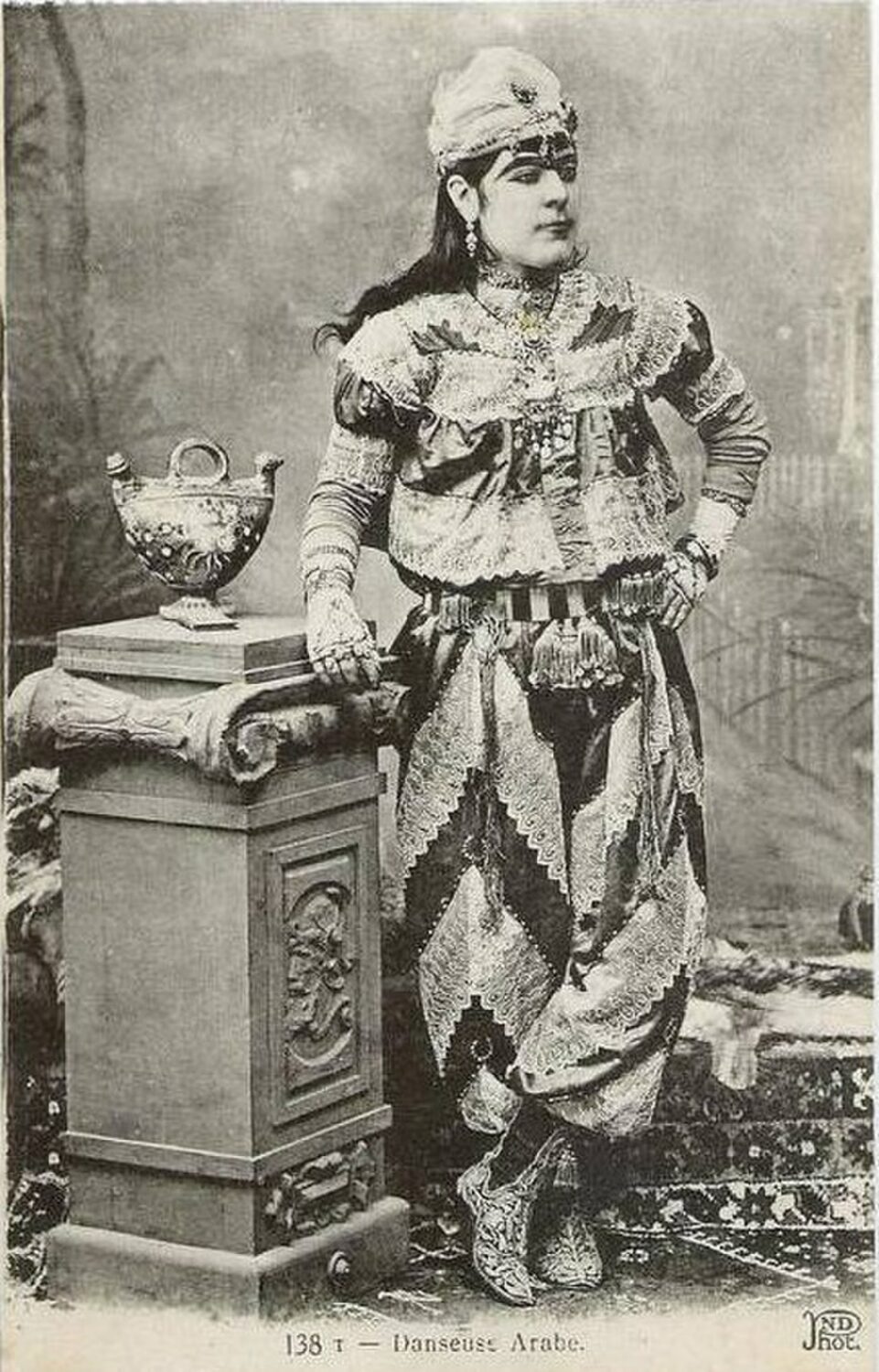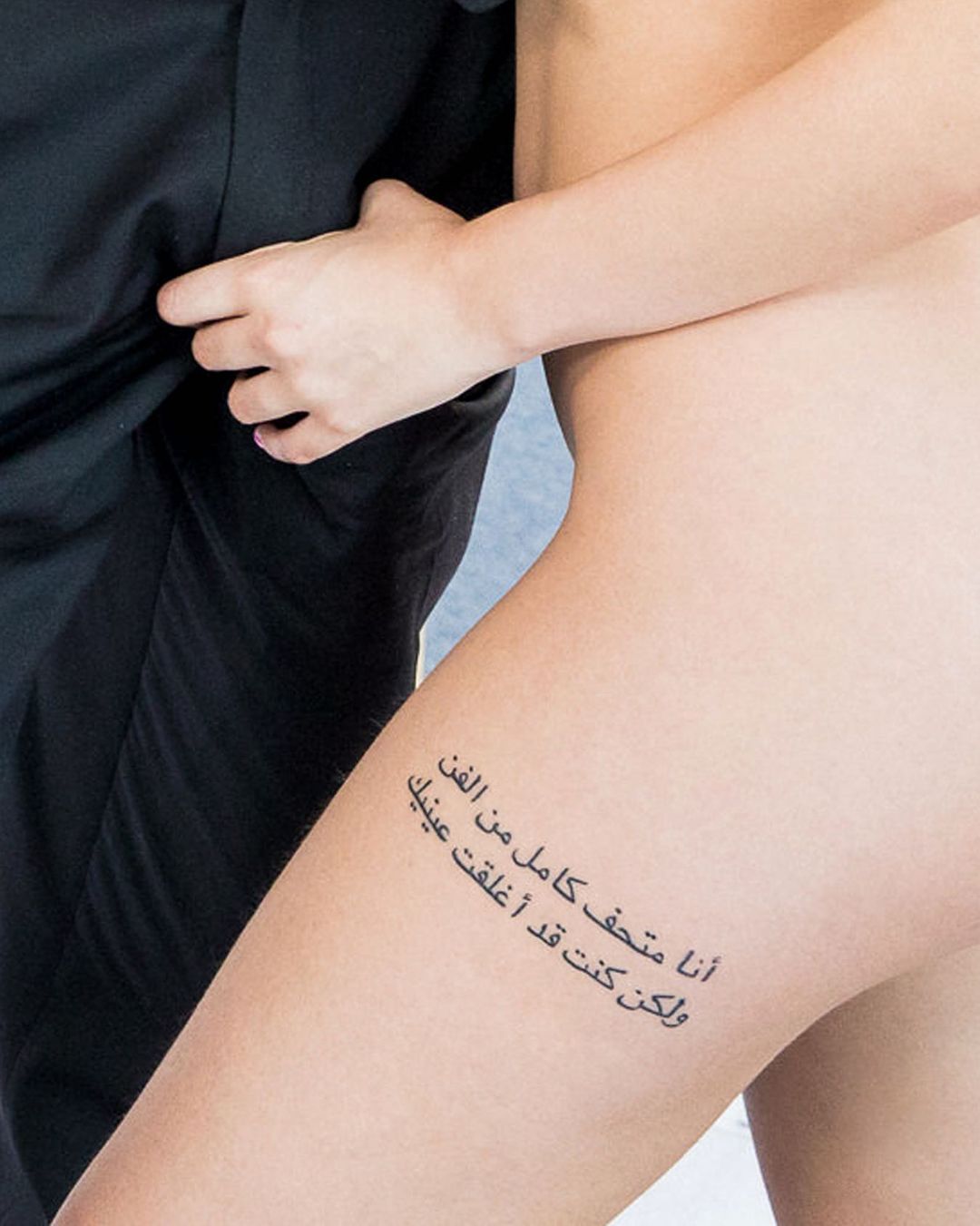The Instagram Account Exploring Queer Narratives In Arab History & Pop Culture
By Something CuratedHelmed by London-based Lebanese graphic designer and visual artist Marwan Kaabour, @takweer_ compiles archival images, film and television stills, and texts shining a light on Arab queerness in history and popular culture. In Arabic, “takweer” means to turn something into a sphere, metaphorically intimating the creation of a round world. Phonetically, the word has a close similarity to “queer” in English. Kaabour brings these cross-cultural and layered meanings together to explore the world through a queer gaze. Trawling Arabic literature and poetry, museum archives, cinema and television shows from his native Lebanon and beyond, as well as the depths of the internet from memes to pornography, Kaabour spotlights queer figures and icons of the Arab world, challenging the notion that the culture is an intrinsically sexist and homophobic one. Having grown a sizable following since its inception in late 2019, @takweer_ seeks to build a space for queer Arabs across the region and diaspora, with posts underpinned by insightful captions in both Arabic and English.

Among the feed’s recent highlights includes a post showing a 19th century köçek dancer. @takweer_ elaborates: “The köçek was typically a very handsome young male dancer, who cross-dressed in feminine attire and was employed as an entertainer. The Turkish word is derived from the Persian word “کوچک (kuchak)”, meaning “little” or “young”. The culture of the köçek, which flourished from the 17th to the 19th century, had its origin in the customs in Ottoman palaces and harems. The youths, often wearing heavy makeup, would curl their hair and wear it in long tresses under a small velvet hat decorated with coins, jewels and gold. They were said to be “sensuous, attractive, effeminate,” and their dancing “sexually provocative.” Dancers gyrated their hips in slow rhythmic movements, snapping their fingers and making suggestive gestures. The köçeks were sexually exploited, often by the highest bidder.”

Elsewhere on the feed, an on-going series running on the Instagram page documents Arabic tattoos on adult entertainers; the above tattoo rather profoundly translates in English to, “I am an entire museum of art but you have chosen to keep your eyes closed.” Another recent post, a carousel of images, spotlights the gender nonconforming Lebanese tailor Ahmad el Abed, captured by the extraordinarily prolific Lebanese portrait photographer Hashem el Madani. @takweer_ expands: “Ahmad el Abed was a gender-variant tailor in mid-century Saida, Lebanon. Photographer Hashem el Madani, who captured these photographs, described Ahmad as “in-between man and woman.” Ahmad appears with bouffant curls, perfectly groomed brows and modelling their own gender-neutral designs.”

Keep scrolling to discover stills from the Egyptian romantic comedy, Lil Rigal Faqat. On the images, Kaabour notes: “In Lil Rigal Faqat (For Men Only, 1964), is an Egyptian comedy that tackles gender-segregated workplaces, starring Nadia Lutfi and Soad Hosny. The two women geologists are prevented from going to the oil exploration project due to the ‘for men only’ site. When two male applicants for the Sinai position arrive at company headquarters, Salwa and Hind (Nadia Lutfi) take their credentials and head for the Sinai. Upon arrival, Salwa and Hind, now in male drag, are immediately attracted to two drilling technicians, Fawzi and Ahmad. The film primarily deals with the increasing sexual tension between them and the male technicians, who are unaware that the geologists are women in disguise.”
Feature image via @takweer_